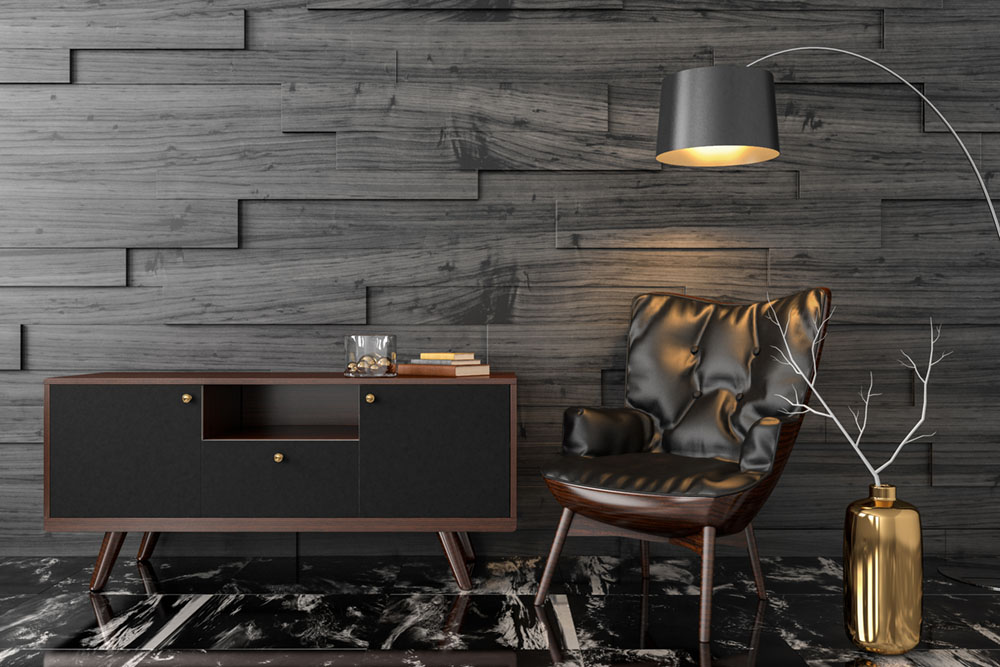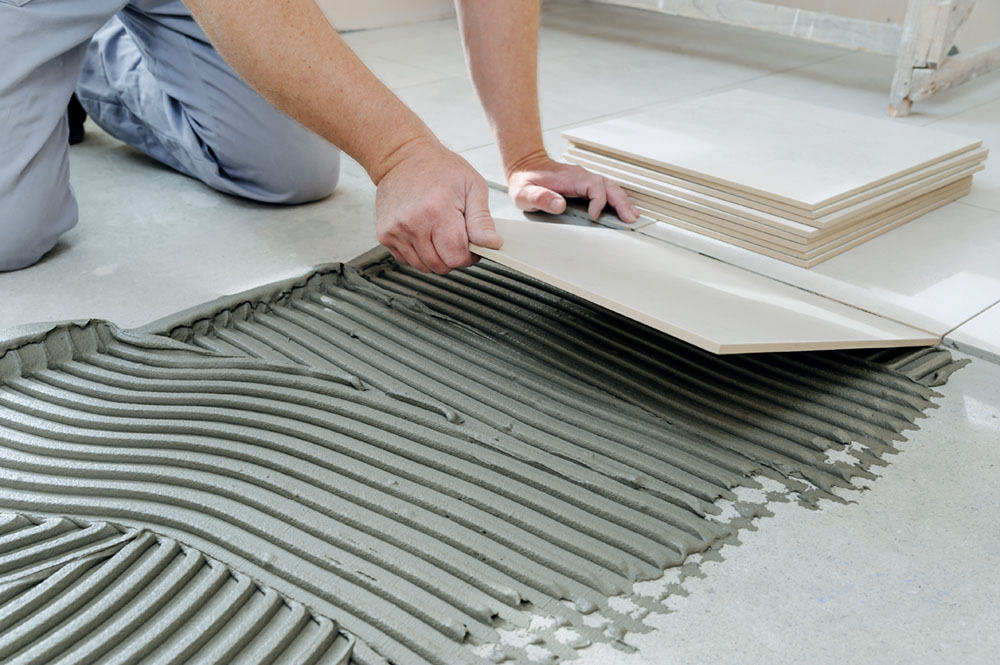Is Your New House Haunted?
 So, you’ve just moved into your dream home, but something feels off. Weird sounds in the middle of the night, doors opening on their own, and eerie cold spots – could your new house be haunted? Before you call in the Ghostbusters, let’s dive into some more earthly explanations for those spooky occurrences.
So, you’ve just moved into your dream home, but something feels off. Weird sounds in the middle of the night, doors opening on their own, and eerie cold spots – could your new house be haunted? Before you call in the Ghostbusters, let’s dive into some more earthly explanations for those spooky occurrences.
The old house syndrome
Historical homes often creak and groan, making you question your sanity. But it’s usually just the house settling. Old houses have character, but they also have a tendency to make strange noises. Wood contracts and expands with temperature changes, and this can result in creaks and groans that sound downright ghostly. So, before you jump to paranormal conclusions, consider the age of your home.
The pipes and plumbing racket
No, it’s not the Phantom of the Opera – it’s probably just your plumbing. Water pipes can be noisy housemates. Loud plumbing can make your house sound like it’s hosting a ghostly orchestra. Water rushing through pipes can create clanging and banging sounds, especially if there are loose or worn-out parts. If you hear these sounds primarily when you’re running water or using appliances, it’s more likely a plumbing issue than a haunting.
Misbehaving HVAC systems
Your heating and cooling system could be behind those sudden temperature drops. Don’t blame Casper just yet. If you notice sudden temperature drops or inexplicable hot and cold spots in your home, your HVAC system might be to blame. Malfunctioning thermostats, dirty filters, or leaky ducts can create these temperature fluctuations, making it feel like you’re sharing your space with a ghost.
Pesky pests
Don’t let those unseen critters spook you – rodents and insects can create mysterious noises in your walls. Rats, mice, and even insects like termites can take up residence in your home’s walls, ceilings, or floors. Their scurrying and gnawing can sound surprisingly ghostly when you can’t see the source. A visit from an exterminator may be all you need to rid your home of these unwelcome guests.
Electrical gremlins
Faulty wiring can cause flickering lights and unexplained power outages – no paranormal activity required. If your lights flicker, appliances behave strangely, or you experience random power outages, then your electrical system may be acting up. Faulty wiring or overloaded circuits can mimic ghostly disturbances. It’s essential to get a qualified electrician to inspect your home and fix any electrical issues to ensure both safety and peace of mind.
Natural environmental factors
Windy nights and changes in air pressure can create strange sounds and drafts. It’s nature’s way of playing tricks. Wind whistling through trees, changes in air pressure, and even local wildlife can create eerie sounds and drafts in your home. These natural factors can often explain those spooky sensations without any paranormal activity.
Overactive imagination
Finally, our minds can play tricks on us, especially in unfamiliar surroundings. Sometimes, it’s all in our heads. Moving into a new house can be both exciting and stressful. In this state of change, our minds are often on high alert, interpreting normal sounds as something more sinister. Your imagination might be working overtime, creating the illusion of ghosts when, in reality, there’s nothing supernatural happening.
Compliments of Virtual Results




 We’ve all heard about zombies in movies and TV shows, but did you know that there are also “zombie properties” in real life? These abandoned and neglected properties can be a serious eyesore and a nuisance in your neighborhood. Let’s explore what zombie properties are and share some practical tips on how to deal with them.
We’ve all heard about zombies in movies and TV shows, but did you know that there are also “zombie properties” in real life? These abandoned and neglected properties can be a serious eyesore and a nuisance in your neighborhood. Let’s explore what zombie properties are and share some practical tips on how to deal with them. If you’re a fan of eclectic and unconventional interior design, then you’re in for a treat with Whimsigothic decor! This whimsical and gothic fusion style has been gaining popularity among interior design enthusiasts in recent years, and it’s not hard to see why. Whimsigothic decor combines the enchanting and eerie elements of gothic design with a playful and imaginative twist, resulting in a unique and captivating aesthetic. Let’s take a closer look at what Whimsigothic decor is all about, its key elements, and how you can incorporate it into your own living spaces.
If you’re a fan of eclectic and unconventional interior design, then you’re in for a treat with Whimsigothic decor! This whimsical and gothic fusion style has been gaining popularity among interior design enthusiasts in recent years, and it’s not hard to see why. Whimsigothic decor combines the enchanting and eerie elements of gothic design with a playful and imaginative twist, resulting in a unique and captivating aesthetic. Let’s take a closer look at what Whimsigothic decor is all about, its key elements, and how you can incorporate it into your own living spaces.
 As the days grow shorter and the air turns crisper, it’s time to shift your gardening focus from summer blooms to fall preparations. Fall is a crucial season for your garden, as it sets the stage for a successful spring ahead. Let’s walk through the essential steps you should take to prepare your garden for the upcoming fall season.
As the days grow shorter and the air turns crisper, it’s time to shift your gardening focus from summer blooms to fall preparations. Fall is a crucial season for your garden, as it sets the stage for a successful spring ahead. Let’s walk through the essential steps you should take to prepare your garden for the upcoming fall season. If you’re considering purchasing a home, then you might be thinking about the advantages of buying a fixer-upper in the fall. This season can be a fantastic time to embark on such a project, but it also comes with its own set of challenges. Let’s dive into the pros and cons of taking on a fixer-upper during autumn.
If you’re considering purchasing a home, then you might be thinking about the advantages of buying a fixer-upper in the fall. This season can be a fantastic time to embark on such a project, but it also comes with its own set of challenges. Let’s dive into the pros and cons of taking on a fixer-upper during autumn. Ah, fall – the season of pumpkin spice lattes, cozy sweaters, and, surprisingly, a fantastic time to take the plunge into homeownership! If you’re a first-time homebuyer, then you might be wondering why autumn is such an opportune moment to start your house-hunting journey. Well, grab your favorite warm beverage, and let’s explore the compelling reasons why fall is the perfect season to make that big move.
Ah, fall – the season of pumpkin spice lattes, cozy sweaters, and, surprisingly, a fantastic time to take the plunge into homeownership! If you’re a first-time homebuyer, then you might be wondering why autumn is such an opportune moment to start your house-hunting journey. Well, grab your favorite warm beverage, and let’s explore the compelling reasons why fall is the perfect season to make that big move. As the leaves start to change and the air gets crisper, there’s no denying that autumn is a season of coziness and warmth. And what better way to emphasize the cozy vibes of your home than by showcasing your fireplace as a selling point? Let’s take a look at some creative and effective ways to make your fireplace shine during the autumn selling season.
As the leaves start to change and the air gets crisper, there’s no denying that autumn is a season of coziness and warmth. And what better way to emphasize the cozy vibes of your home than by showcasing your fireplace as a selling point? Let’s take a look at some creative and effective ways to make your fireplace shine during the autumn selling season.



 Catch Our Feed
Catch Our Feed Subscribe via Email
Subscribe via Email Follow Our Tweets
Follow Our Tweets Friend Us On Facebook
Friend Us On Facebook Watch Us On Youtube
Watch Us On Youtube